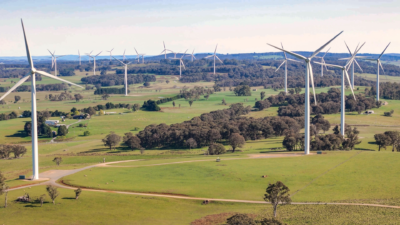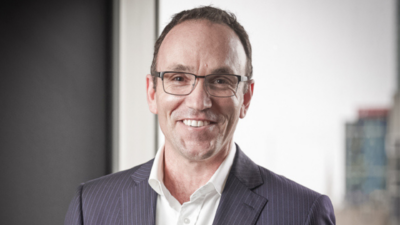Board independence and longevity are funds biggest worries
(Pictured: Andrew Boal)
Independence of trustee board directors and how to deal with members’ longevity risk are two of the biggest concerns of superannuation funds, according to Towers Watson Australia managing director, Andrew Boal.
To deal with the first, Boal recently released a paper that concluded there isn’t enough to support the compulsory appointment of independent trustees.
“No one has made the case yet that the system is broken [to the extent] that we need to have independent directors to fix it,” Boal said.
One of the most contentious areas of independence is trustee independence of “sponsor organisations”, such as a union or other kind of employee group.
“I just don’t see how an employer representative or union representative, how that causes a problem,” Boal said.
The current legal requirements, such as those that require trustees to be fit and proper, and to not act improperly, should provide adequate protection.
In the paper Boal suggests that boards keep records and explanations around why, or why not, they need independent directors. And if they chose to appoint independent directors, funds need to document their definition of independence.
“You’ve got to have a very clear definition of how you clarify independence and make sure you test that over time,” Boal said.
Boal’s paper did not explore tenure but he does believe it could become an issue.
“Independent directors or not, if you’ve been on the board for a while, there is a possibility that some of the directors do get closer to management,” he said.
The other issue that is coming up more and more in discussions with funds, according to Boal, is lifecycle investing and investing for longevity risk.
“There are a lot more conversations happening now around lifecycle investing and post-retirement strategies and the ways to actually start to manage sequencing risk and longevity risk,” Boal says.
While these are topics which have been around for some time, the advent of MySuper default funds – around 20 per cent of which have adopted a lifecycle option of some form – has concentrated the discussion.
Boal says the whole conversation needs to a radical shift.
“The more important component of that is how much you spend each year [in retirement].”
“Ultimately once you’ve got your $500,000 at retirement…the biggest issue about making it last is whether you spend $50,000 or $45,000 a year.”
Boal is a supporter of deferred annuities and changing the legislation so they are treated more tax efficiently.
“Certainly I think deferred annuities have a really good role to play – they’ll also be a really good tool to educate people about longevity risk.”
(See Rob Goodlad’s article for his personal experience with longevity risk.)










